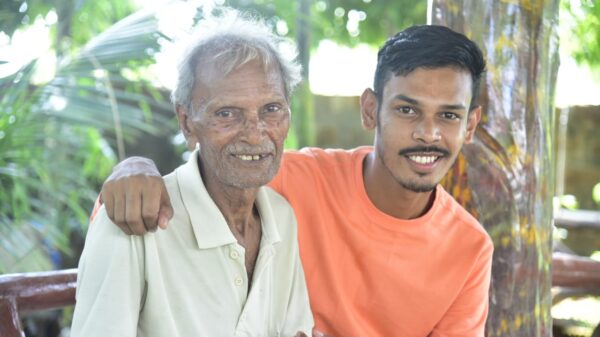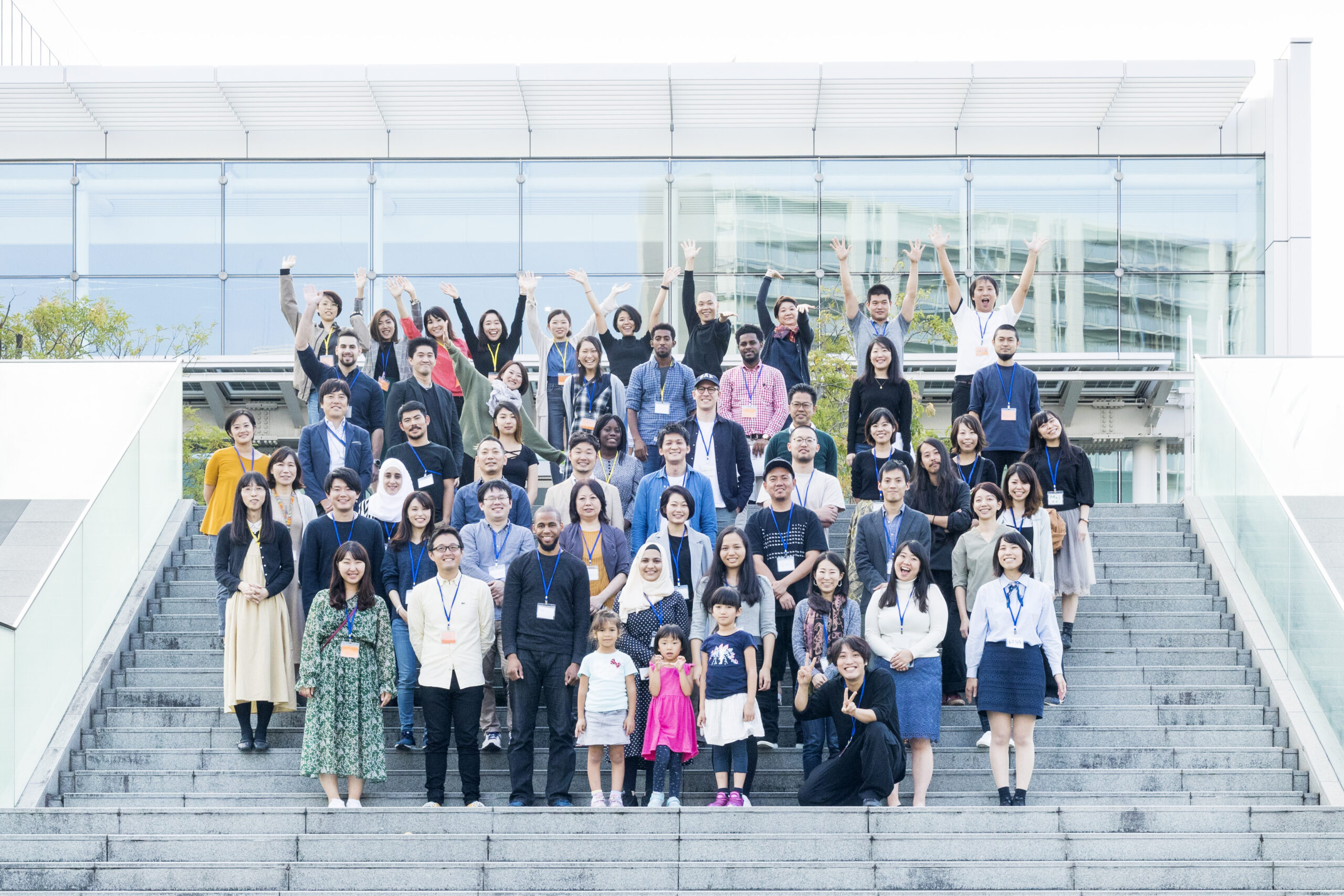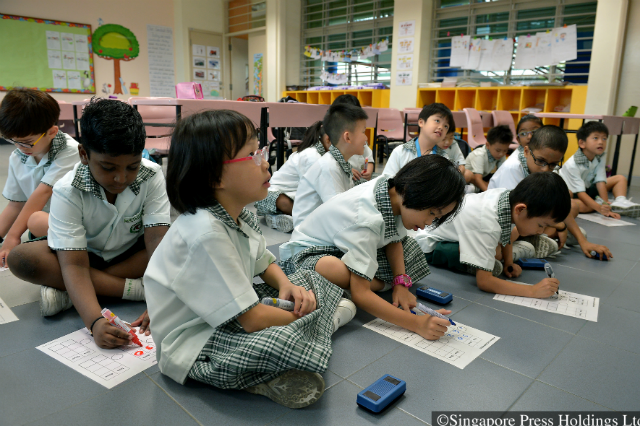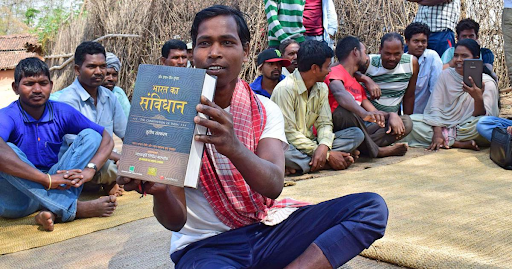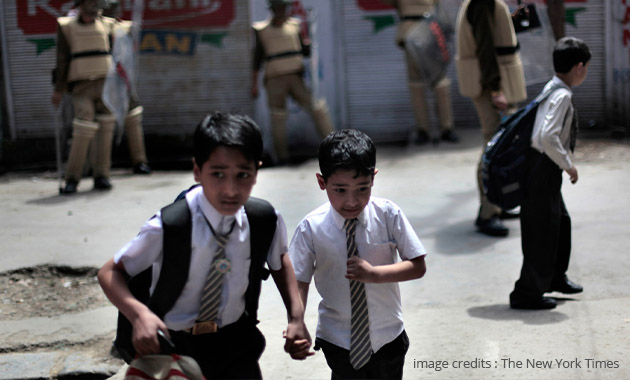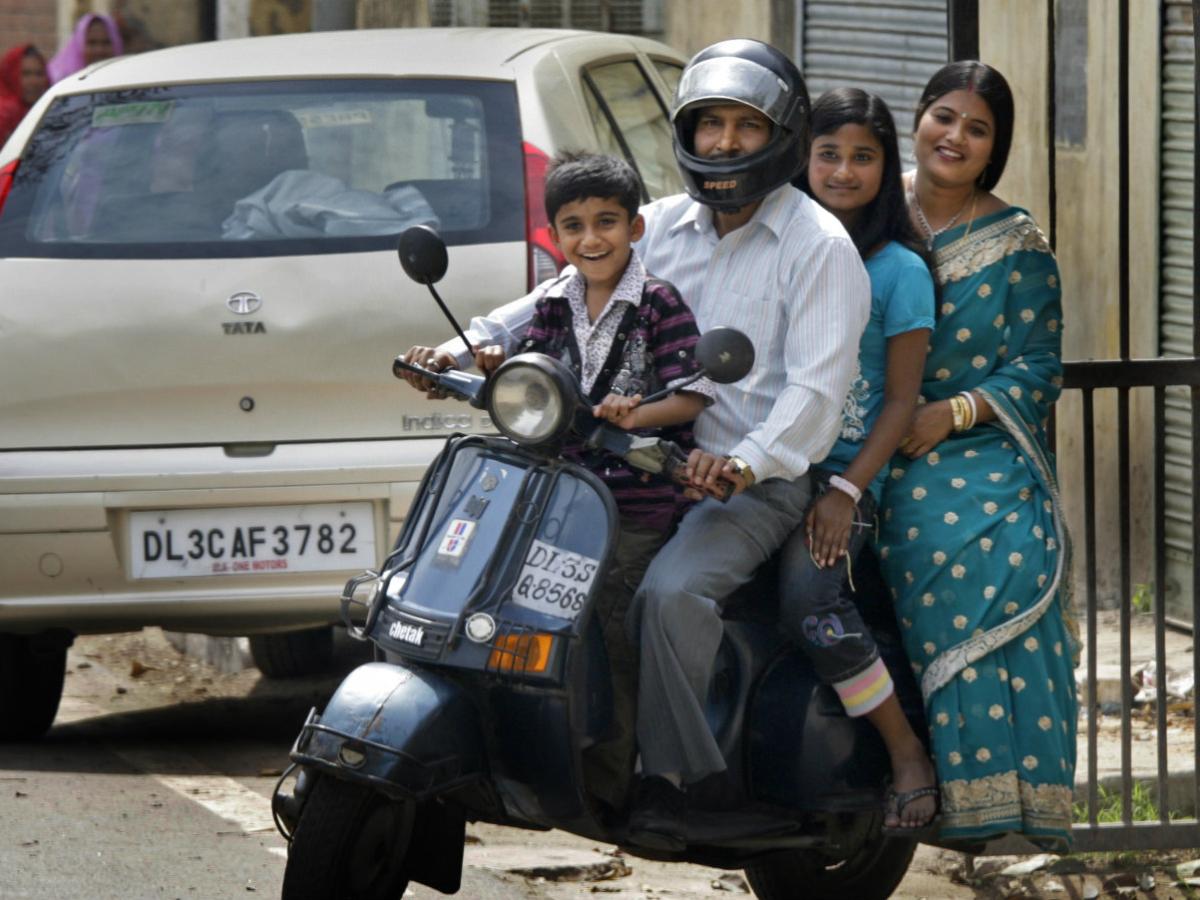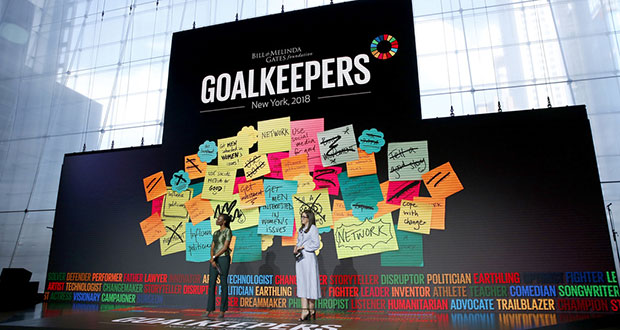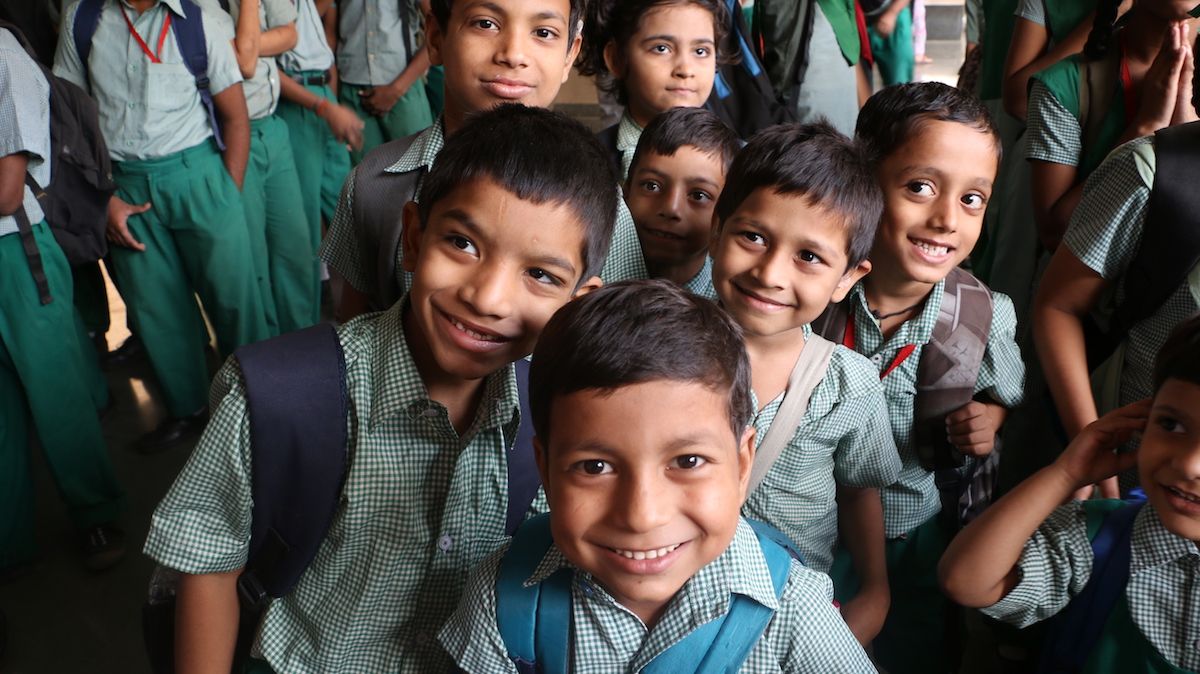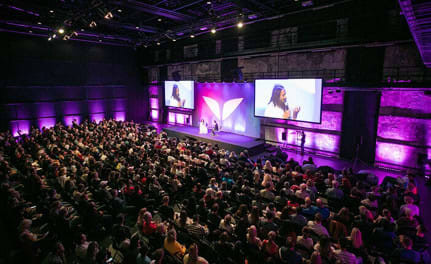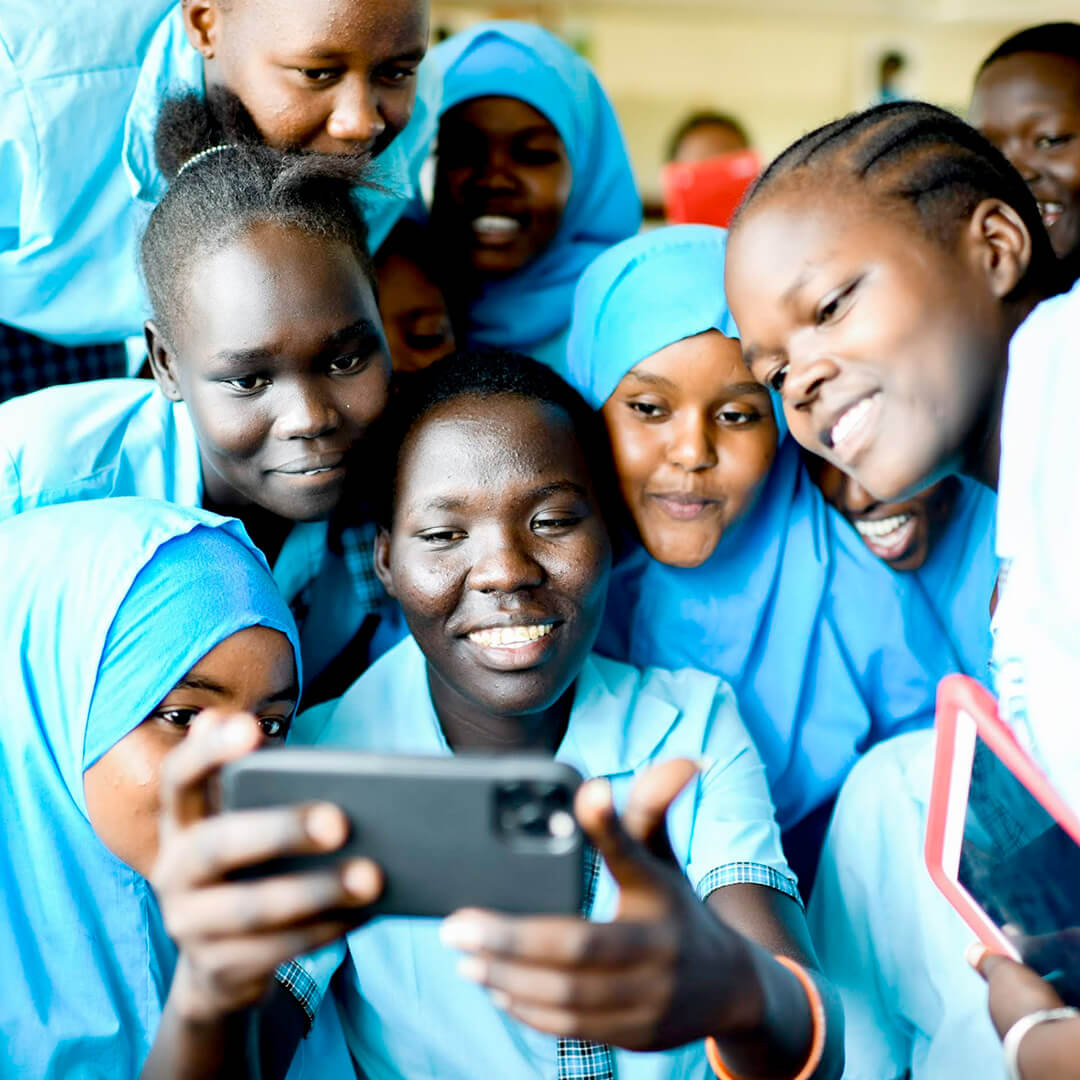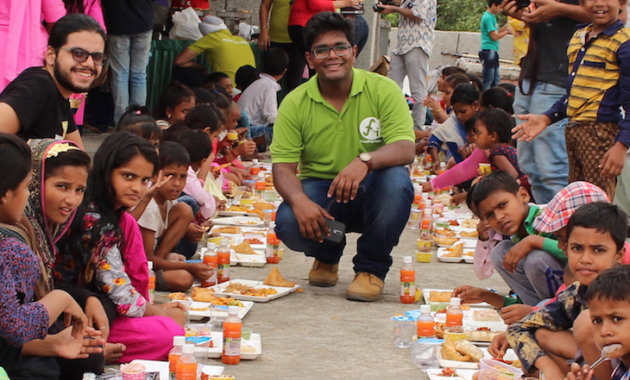Big, fat Indian weddings are all about glamour, glitz and showoff. And after attending one such wedding, Ankit Kawata, founder of Feeding India got a brilliant and unique idea which led to the starting of a beautiful journey named Feeding India. Feeding India is an initiative started by Ankit Kawatra which aims to feed poor and needy people and reduce undernourishment in India.
The beginning of Feeding India
Around two years back, when Ankit Kawatra was attending a fancy wedding, he noticed something that completely surprised him. There were more than 40 types of cuisines that night, at the wedding and a lot of it would have just gone to waste. That food could have easily fed about 4,000 to 5,000 people. After much inquiry, Kawatra realised that the usual practice at most of the weddings was to simply throw away leftover food or dump it in the garbage.
This led Kawatra to start Feeding India, a not-for-profit social organisation that addresses two big and important problems of our country — hunger and food wastage.
How things work
Feeding India deals with leftover food at big events. After checking the food as fit for consumption, the volunteers pack the food in easy-to-use containers and distribute it to various NGOs, night shelters and other organisations that might require food. It solves both the problems. Food is not wasted and people and it is given to those who really need it. Feeding India has a helpline number and a newly launched app, which allows the donors to get in touch with feeding India.
India has 194.6 million undernourished people, according to The State of Food Insecurity in the World 2015 report by the Food and Agricultural Organisation, which is the second-highest number of undernourished people in the entire world.
On the other hand, a lot of food is wasted at weddings, events, hotels and corporate offices, social gatherings which can be easily used to feed the hungry, poor and underprivileged. Nearly 40 % of food is wasted in India. Most of this food is dumped either in dustbins or landfills. Feeding India believes that this wasted food can be used to feed one-third of the poor.
In the past few years, Feeding India has managed to get the participation of more than 10,000 voluntary members in cities across India. The organisation hopes to expand to around 100 cities in future. Today, it is present in most of the metropolitan cities as well as other cities such as Ludhiana, Jaipur, Patna, Indore, Hyderabad and Pune. Feeding India hopes to provide 100 million meals by next year.
The organisation has partnered with more than 15 caterers and nearly 700 restaurants across our country The caterers give Feeding India a call about the approximate quantity of leftovers that are likely to be. A team of volunteers then collects the leftover food. This is then distributed to the nearest NGO with which Feeding India has a tie-up with.
What challenges did they face?
The beginning is always tough. And nothing comes easy in life. This is exactly what happened in the case of Feeding India. Kawatra comes from a business family and had a well off the job. But left his job to start this initiative in July 2014. It was not an easy decision for him and he didn’t inform his family initially about his decision. While on a trip to Dubai, when he went skydiving, he realised what he really wanted to do and he finally decided to leave his job to start Feeding India. His family couldn’t understand why he wanted to leave his job. His family didn’t talk to him for some time. But slowly they are accepting things. But his grandfather even today asks him why he quit his job.
It was a tough job for Kawatra to convince the caterers and wedding planners to donate the food. When the caterers realised that the food is of some value, they started to ask for money. Others were afraid that they would be blamed if people fell ill after consuming the food.
‘Hunger Heroes’
The volunteers are called “Hunger Heroes” and they play an important role in collecting food and dissemination. The organisation has more than 1,500 volunteers in 20 cities. Volunteers come from all walks of life — students to housewives to working professionals, and they have one thing in common that they want to make an effort to do good for the society and help the needy.
Volunteers play a key role in implementing this initiative in an efficient and sustainable manner. They travel on their own to facilitate the collection and delivery of the food.
A volunteer can work for six months and one can also get involved as a SuperHero, but this role demands more time, energy and commitment towards the cause. Volunteers can also get involved in the skill development and mentorship programme and other such programs for underprivileged children in some of the NGOs.
The food is picked up in Magic Trucks that run every day and all year round, and serve nearly 2,000 meals daily to the needy. The organisation has also started a campaign to generate funds to increase the number of trucks. Feeding India has also recently launched an app to reach more and more such organisations and people, who can get in touch directly to donate food. Feeding India hopes to curb hunger in New Delhi by 2021 and in India by 2025.
The organisation claims to be different from other such initiatives of its kind, which hope to resolve the hunger and malnourishment problem. And Ankit strongly believes that food should be distributed in a proper manner rather on roads to discourage begging. Nearly 50 per cent of India’s children are undernourished or malnourished. The organisation strongly believes in providing a complete meal to the children and others. Some organisations distribute biscuit packets and call it a meal but Feeding India provides full meals to the needy. So, in a way Feeding India is addressing the problem of undernourishment as well as hunger. A problem with other such initiatives is that they create food rather than focusing on the food which is already created and is getting wasted.
Feeding India has brought a social revolution in the country. A revolution that the country needed. The organisation is committed to ensuring that the food is not being wasted and is fit for consumption. And has had a positive impact on the attendance of girls school in Gurugram after they started to distribute food in the school.
Their vision
The immediate challenge in front of the team is expansion. They aim to feed 1,00,000 meals in the near future. The other goal they’re working towards is more tie-ups with restaurants and corporates.
The long term goal is to make people more aware about food wastage. Ankit feels that while it is great that they are being able to distribute some leftover food, his vision is that people should think twice before they waste food. He wants people to think of Feeding India as another important service they need to book when they are organizing any event.
Ankit is confident that the model is sustainable and that it will continue to grow. People reach out to him asking for Feeding India to come and manage their surplus food. It shows that their work is making an impact and people want to contribute as well.
Not many 23-year-olds have the courage to give up the luxuries of a well-paid job for doing something that is full of uncertainty just to follow their passion. Ankit’s story proves that sometimes, the answer to a problem lies within the problem itself, all we need to do is, to look closer.


